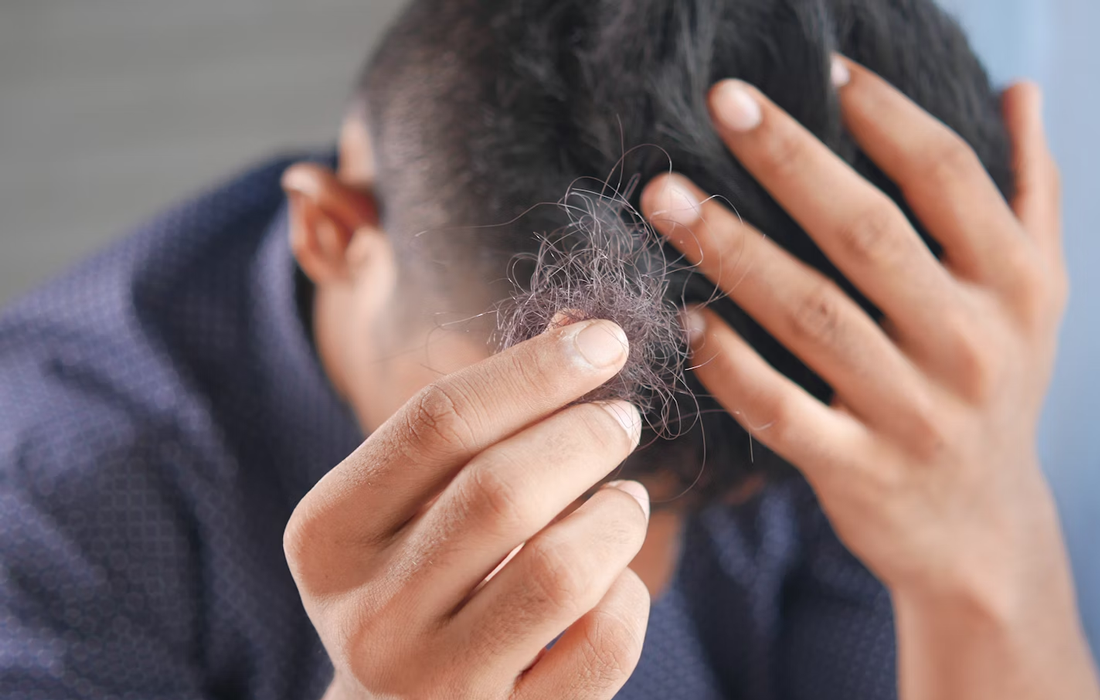Regenerative Medicine News and General Information
New Findings on Hair Loss in Men
A receding hairline, a total loss of hair from the crown, and ultimately, the classical horseshoe-shaped pattern of baldness: Previous research into male pattern hair loss, also termed androgenetic alopecia, has implicated multiple common genetic variants.
Human geneticists from the University Hospital of Bonn (UKB) and by the Transdisciplinary Research Unit “Life & Health” of the University of Bonn have now performed a systematic investigation of the extent to which rare genetic variants may also contribute to this disorder.
The results have now been published in the scientific journal Nature Communications.
Male-pattern hair loss is the most common form of hair loss in men, and is largely attributable to hereditary factors. Current treatment options and risk prediction are suboptimal, thus necessitating research into the genetic underpinnings of the condition.
The research involved the analysis of genetic sequences from 72,469 male UK Biobank participants. Within this extensive data set, Bonn geneticists, together with researchers from the IGSB and the Center for Human Genetics at the University Hospital Marburg, examined rare gene variants that occur in less than one percent of the population. Using modern bioinformatic and statistical methods, they found associations between male-pattern hair loss and rare genetic variants in the following five genes: EDA2R, WNT10A, HEPH, CEPT1, and EIF3F.
The results of the study suggest that genes that are known to cause rare inherited diseases affecting both skin and hair (such as the ectodermal dysplasias) may also play a role in the development of male-pattern hair loss. The researchers hope that the puzzle pieces they have discovered will improve understanding of the causes of hair loss, and thus facilitate reliable risk prediction and improved treatment strategies.
Sources:
Sabrina Katrin Henne, Rana Aldisi, Sugirthan Sivalingam, Lara Maleen Hochfeld, Oleg Borisov, Peter Michael Krawitz, Carlo Maj, Markus Maria Nöthen, Stefanie Heilmann-Heimbach. Analysis of 72,469 UK Biobank exomes links rare variants to male-pattern hair loss. Nature Communications, 2023; 14 (1) DOI: 10.1038/s41467-023-41186-w
Universitatsklinikum Bonn. (2023, September 22). New findings on hair loss in men. ScienceDaily. Retrieved October 3, 2023 from www.sciencedaily.com/releases/2023/09/230922110804.htm
Image from: https://unsplash.com/photos/FGqEuM0wuKk

